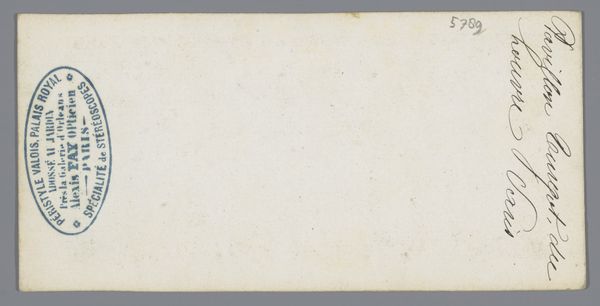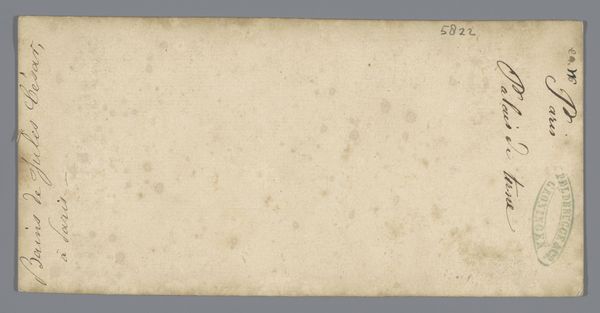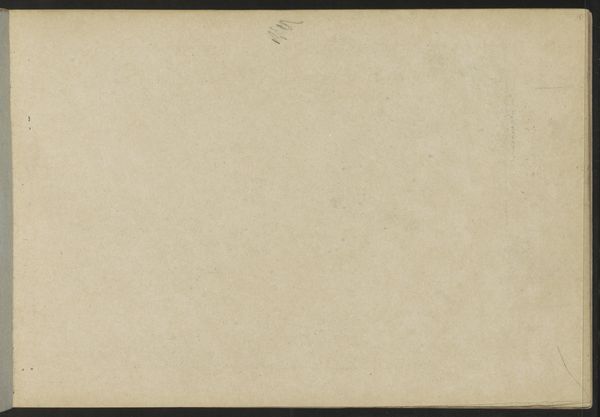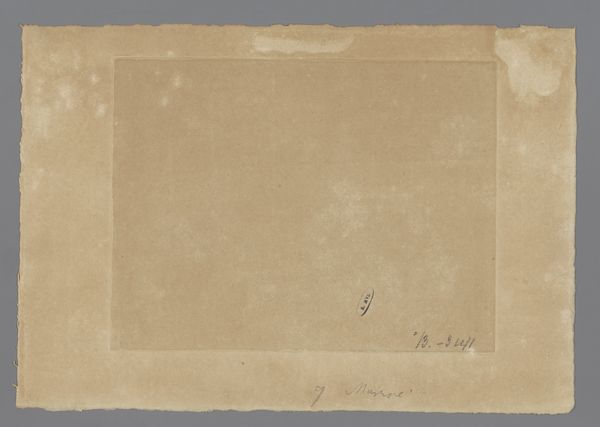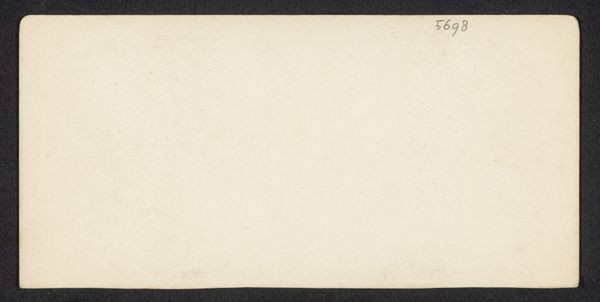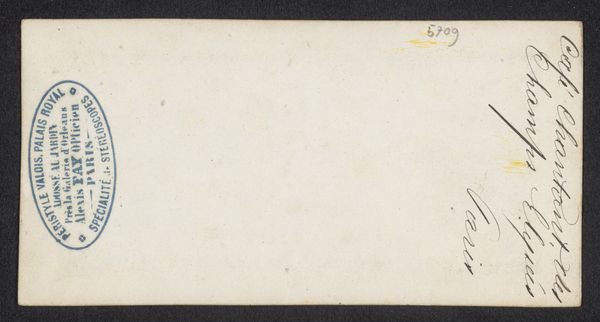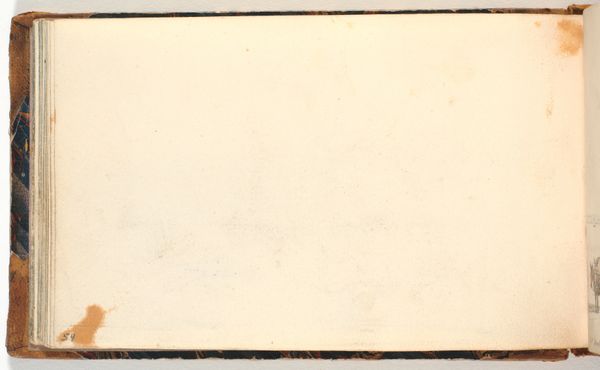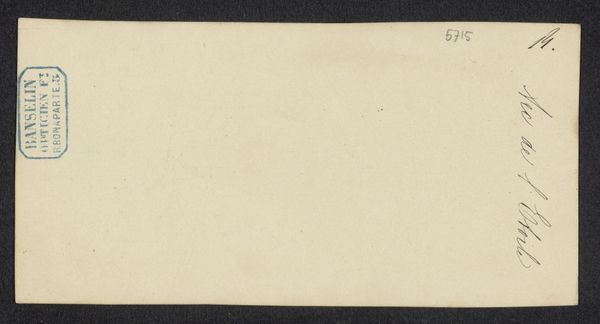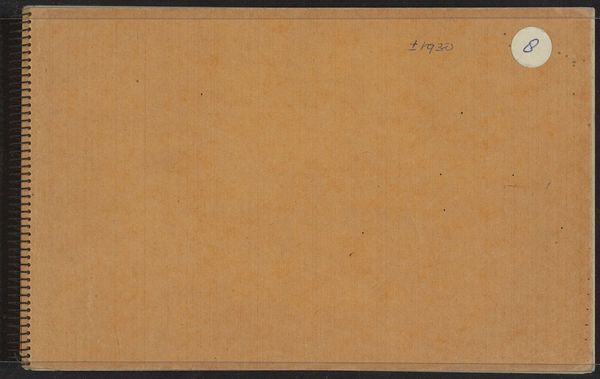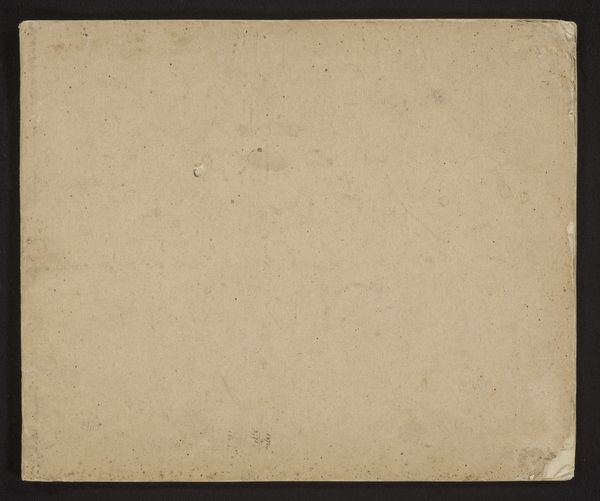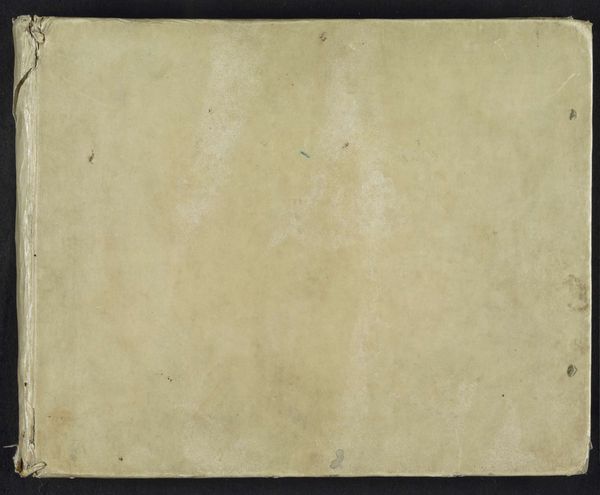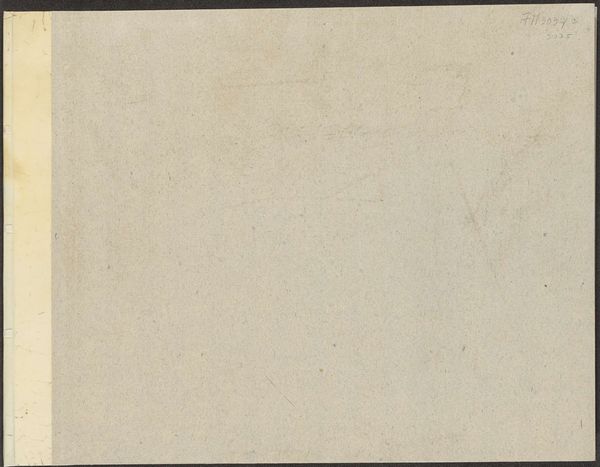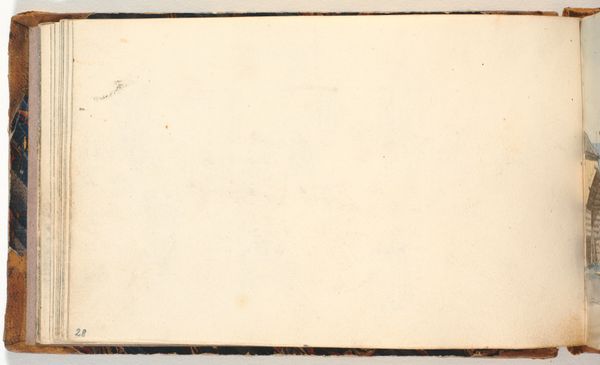
print, paper, photography, gelatin-silver-print
# print
#
landscape
#
paper
#
photography
#
gelatin-silver-print
#
watercolor
Dimensions: height 97 mm, width 154 mm
Copyright: Rijks Museum: Open Domain
Curator: This gelatin silver print, titled "Gezicht op Trier vanaf het Schneidershof," captures a distant view of Trier. The work likely dates between 1880 and 1890. It's currently part of the Rijksmuseum's collection. Editor: Initially, I'm struck by the soft tonal gradations. The artist's manipulation of light seems to evoke a palpable atmosphere of quiet observation. There's something so incredibly evocative about how such detail has been distilled and framed in a small landscape. Curator: Yes, that precise rendering through light is key. Landscape views like this gained prominence in the 19th century, partially fueled by advancements in photography. However, this also taps into older cultural and historical themes; panoramic viewpoints like this are so important because they provide us with a unique way of thinking about human scale relative to land. Editor: What do you see in terms of compositional strategies in play here? What decisions does the artist seem to make when he creates an image such as this? I suppose this viewpoint is also, by design, exclusionary-- it includes some details, and ignores others in service of communicating a distinct message. Curator: Structurally, observe how the darker foreground provides visual weight, anchoring the gaze before allowing it to travel towards the lighter, more distant city. It guides the viewer in, step by step, through a sequence of darks and lights. That controlled transition creates depth. Editor: So we start from a vantage point elevated in the quiet outskirts, then make our way in through careful observation and perspective-- it makes you consider the many paths that feed back into that central location. A visual synecdoche that plays with proximity and cultural centrality. A beautiful composition, really. Curator: Agreed. Considering the intrinsic components of light, dark, and form, we get a great demonstration of photographic composition during that era. Editor: It definitely gives you a perspective shift to ponder.
Comments
No comments
Be the first to comment and join the conversation on the ultimate creative platform.
